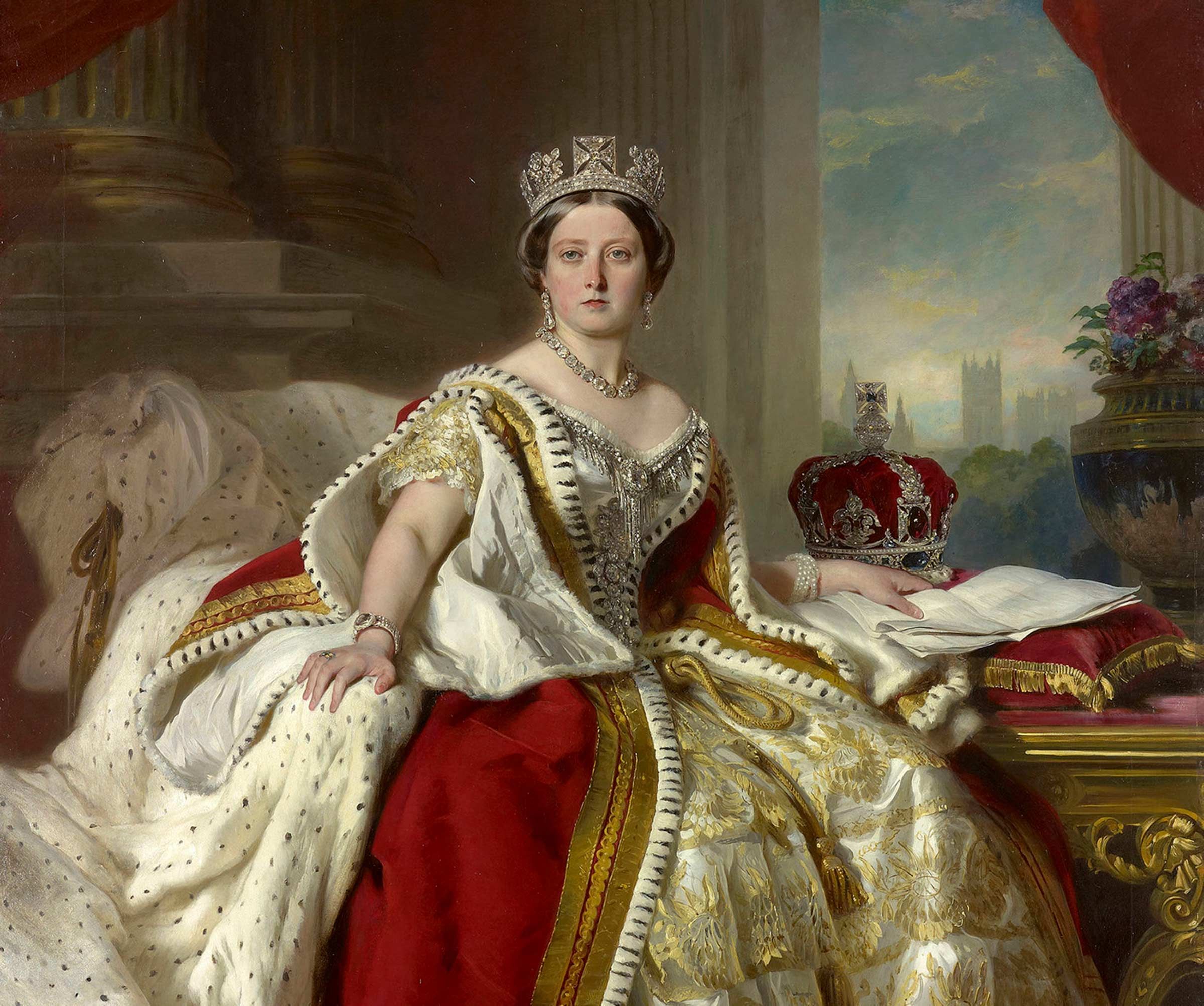A signet - from the Latin “signum” translating to “sign” - is a style of ring with a long history. Dating back as far as Ancient Egypt, signet rings of yore featured a family crest or distinctive emblem that was used as a seal on important documents and correspondence. The tradition of these rings continued into the (relatively) more modern day in Great Britain and were used for their intended purpose (as an authoritative signature) well into the 19th century. This exceptionally pretty signet ring features a hexagonal bloodstone with the letter “Y” rendered in gothic script. The bezel-set intaglio is flanked by beautifully rendered floral shoulders (tulips? lotuses? palm fronds?). The carved initial reads in reverse, as the seal was meant to be pressed into hot wax to create a right-way-around impression.
thedetails
- Materials
18k gold (tests), bloodstone
- Age
c. 1860
- Condition
Very good
- Size
7.25, can be resized; 7.7mm head, 1.8mm shank
Need more photos?
Send us an email to request photos of this piece on a model.

Aboutthe
VictorianEra
1837 — 1901
please note:Terms of Sale
Antiques can be returned unworn and in original condition within 10 days of delivery for an exchange or refund minus the cost of shipping. Once a piece has been altered, including ring re-sizing, it is FINAL SALE.